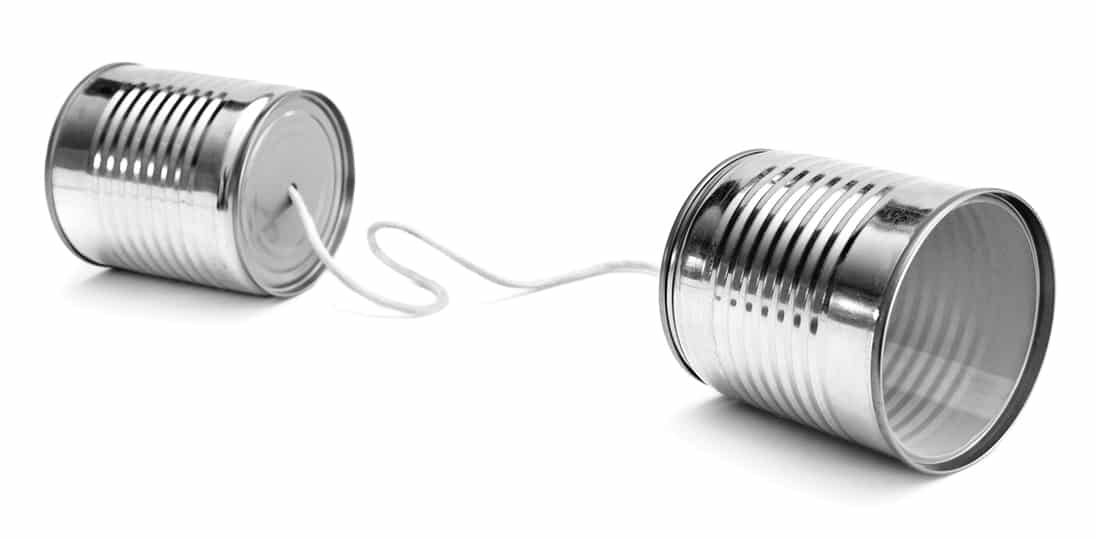In our daily communications, we strive to be creative and grammatically correct when we write. However, we need to be clear and concise in the world of messaging. Digital signage messaging should be just that – a message – not a lengthy narrative that packs too many words onto a small screen. Your audience is on the go and needs to receive only the most important information in a compact format.
Keep in mind that the fewer words you use in your messages, the more impact they will have. You can increase font size instead of relying on your audience to read long sentences or paragraphs of information to glean meaning and relevance.
Because you have limited screen real estate and time to attract viewers, your messages require brevity. Also, concise messaging allows you to rotate messages more frequently, exposing your audience to more communications in less time.
- Never bury the lead. Make sure that you present the most important facts first. As you see in our example, using a brief title is a great way to grab attention and create interest.
- Drop unnecessary words. Eliminate unimportant phrases and prepositions as we’ve done here. (For a handy list of English prepositions, click here.)
- Be specific. Make sure places, dates and times are complete and exact. We’ve changed “conference room” to “Conference Room A” and have expanded the date wording.
- Present all the facts. Although we’re tightening up the text, we don’t want to leave any important details out of the message. In our example, we’ve added the scheduled end time to the meeting.
- Remember: The better your messages are received – the more your audience will rely on and look for them on a regular basis.
